Speculation is inevitable in social science. Infinite variables exceed what a researcher can grasp, making confidence hard to attain. There are always gaps in our knowledge of reality, and we fill those with guesses and hunches. Along these lines, in my own work, I am in the same camp as Alan Klima’s Ethnography #9, which tries to do away with non-fiction realism in the social sciences and instead invites literary sensitivities to understand the world beyond what is representable.
Speculation was also forced on me by an inability to do fieldwork as usual during the pandemic. Had this been a normal summer, I would have traveled halfway around the world and dug my nose deep into Soviet archives on environmental policies and related scientific research and political tensions. My research design is based on the exploration of what was buried under piles of paper. To assess the politics of environmental science past and present, I intend to bring previously unavailable archival artifacts into conversation with scientists who were deeply engaged in environmental and political processes but had no way to peek behind the curtains of policymaking. These people were among the main actors in the political struggle between those who wanted to use the waters of Baikal, Earth’s largest freshwater reserve, for industrial purposes, and those who opposed such plans.
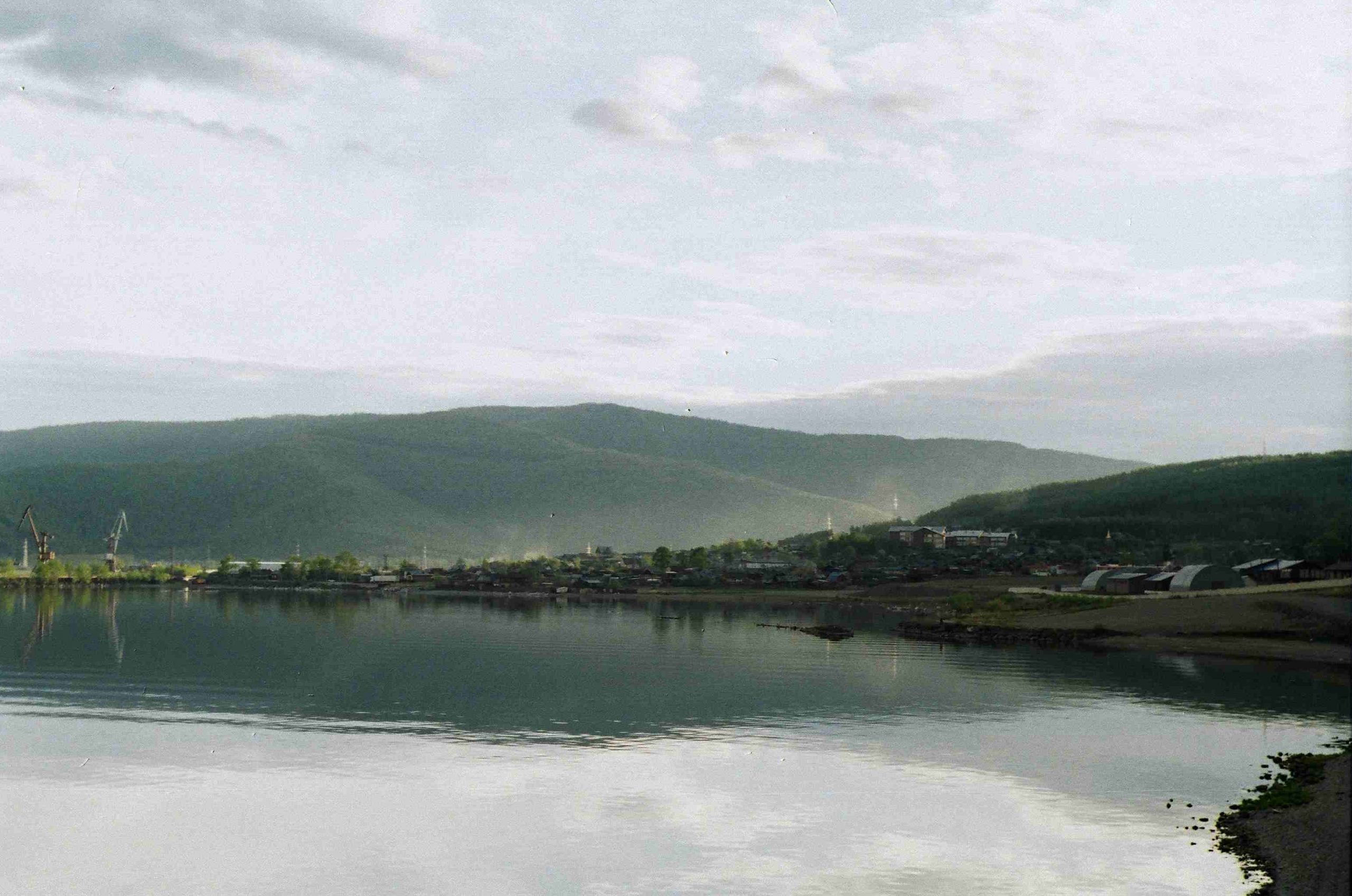
The shores of Lake Baikal, 2018. Photo by author.
This summer, instead of visiting physical archives, I limited myself to collections available online, mostly archival photography: monochrome shots of happy workers, serious bureaucrats, and an enormous factory dwarfing the otherwise enormous lake behind it. New questions emerged: if I interviewed these folks on what has happened in the 60 years since their photo was taken, what would they say? What would have the lake looked like if the industrialization efforts captured on photographs then were still happening at the same scale? If it were different, what would’ve happened to my research questions, currently revolving around the endurance of environmental movements despite deep political and economic change?
Real speculation ensnared me, with each of these questions pointing to a different subgenre of speculative fiction (SF). “What would they say” is an attempt to put yourself in someone else’s mind, much like SF exploring otherwise unattainable perspectives—like Ursula Le Guin’s “Mazes,” for instance. And “what would’ve happened” is quintessential alternate history—think of Philip Dick’s The Man In the High Castle.
Many have already occupied the intersection of anthropology and SF. Haraway’s Staying with the Trouble not only explodes SF into a myriad of meanings—science fiction, speculative fiction, string figures—but ends with an SF story about a nonhuman critter. Cultural Anthropology published a series on speculative anthropology, and the blog you’re reading now includes a piece on zombies at the crossroads of Black studies and multispecies anthropology.
Building on this work, this post is an invitation to learn with/from Soviet environmental SF, asking about environments that were, still are, but might not always be.
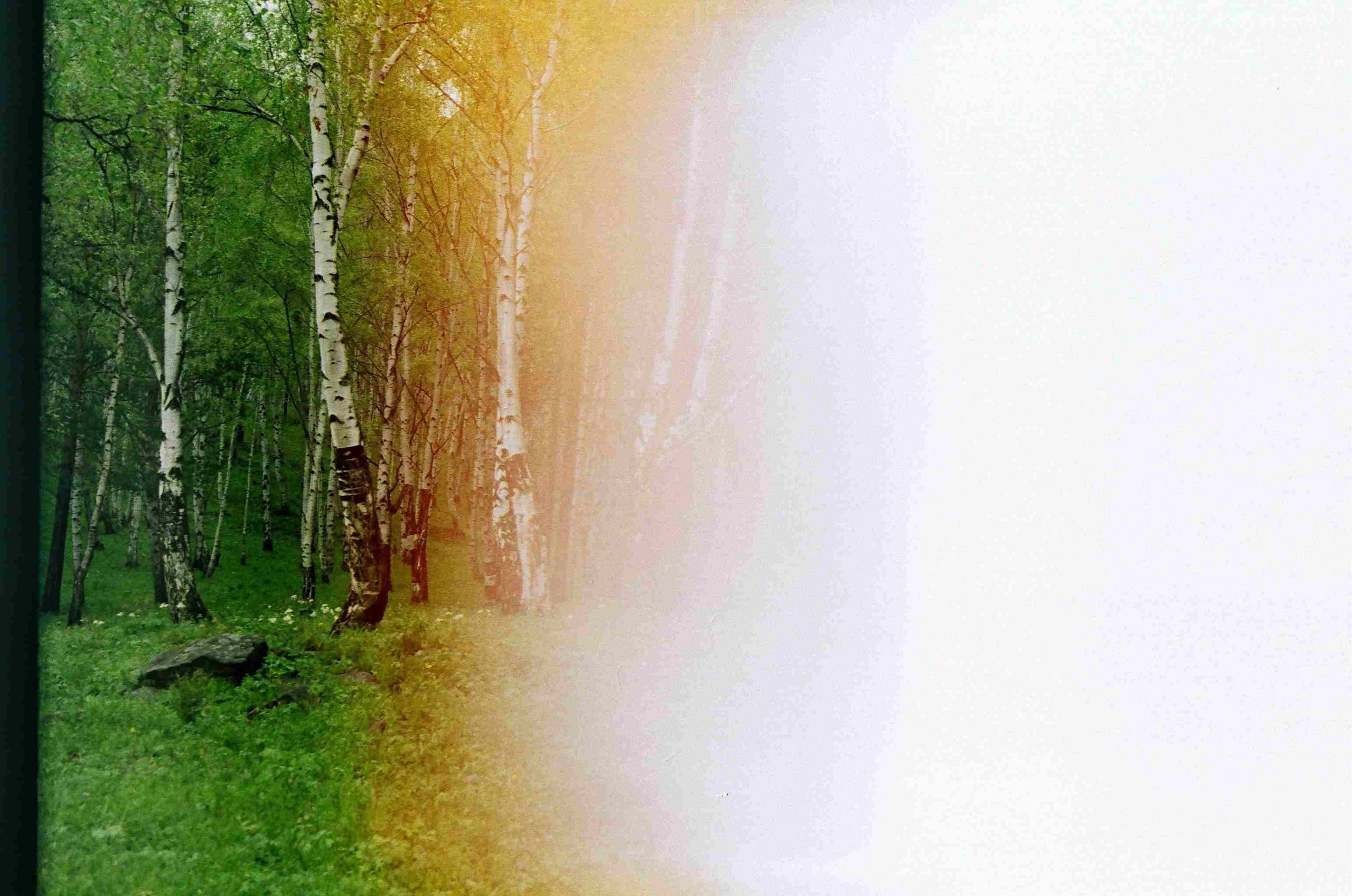
Siberian forest, 2018. Photo by author.
Do SF and Science Really Belong Together?
My research focuses on the legacy of Soviet environmental science—its persisting modalities of thought, and role in or against conservation efforts. My immediate goal is to understand the successes and failures of a specific scientific institution in collaboration with those who worked at it.
This essay’s approach is based on a serendipitous encounter with some elderly scientists I had while traveling along the southern shores of Lake Baikal, the epicenter of both Soviet environmentalism and recent mobilizations. Back then, a summer ago, I had the chance to see the personal library of one of these scientists—a whole room in her house, with books stacked on shelves and tables and on top of each other. There was Alfred Brehm’s Life of Animals, a zoology classic prominently displayed in Lenin’s office too. There were also volumes of Western SF, acquired in the late 1980s and after the fall of the Union. Among these were classics like Robert Heinlein and Arthur Clark, and—here, my memories and notes disagree,—maybe Ursula Le Guin. And of course, there were Soviet SF classics written by Stanisław Lem and the Strugatsky brothers.
Soviet SF’s links to actual science making have been studied before, most prominently in Anindita Banerjee’s exploration of this dialectical relationship in the context of the late Imperial and the early Soviet periods. While expanding on similar scholarship is not the primary goal of my own research, I cannot ignore the relation between speculation in fiction and speculation in science in the context I study. Among the reasons is a peculiar coincidence. Namely, the Soviet 1960s and 1970s saw the burgeoning of both of science-led environmentalism and environmental SF. Trained scientists and doctors became SF authors critical of the scientific and bureaucratic establishments, and modern development of nature too.
Such were also the books that I saw in that scientist’s library.
Soviet SF and Uncanny Environments
What kind of text was Soviet SF? For one, it was for white Russian boys [1]. People of any other gender or ethnicity were not represented in the books nor among their writers. To some extent, this mirrors science politics. In Siberia, for example, where Indigenous folks had cared for the environment for centuries, newly established scientific institutions employed mostly white scientists from the European parts of the USSR. Only a few non-white faces glimpsed back at me from the archival photos.
Soviet SF of the latter half of the 20th century quickly became an environmental genre. Many were still preoccupied with space, as Belka and Strelka became the first Earthlings to safely return from outer space in 1960, to cite just one of the aspects of the massive cultural obsession with space. To quote contemporary Russian SF writer Viktor Pelevin: “Soviet children of the sixties and seventies were all half cosmonaut.” Yet, a question that came to the forefront was: what is it like out there? What might non-Earthly environments be?
Soviet and other socialist writers were quick to give suggestions, including planets with ever-changing surfaces impossible for geography or geology to subdue. Bulgarian writer Svetoslav Slavchev, a practicing microbiologist, wrote short stories imagining various non-humanoid rational aliens, going as far as positing conscious rock formations.
A whole subgenre of SF emerged describing uncanny, slightly creepy, not entirely comprehensible environments. It peaked with the Strugatsky Brothers’ novel Roadside Picnic, best known in the West through its cinematic adaptation, Tarkovsky’s Stalker. It features a Zone in which nature behaves weirdly, slightly out of the ordinary. This leads to scientific mysteries, skewed perceptions of time, and changes in the consciousness of whoever comes in contact with it. Guarded by the army, the Zone is inaccessible to all but a handful of scientists and “stalkers”—rogue adventurers who sell artifacts from the Zone on the black market.
The Strugatskys wrote a counterpart to that book, Snail on the Slope, about another Zone, the Forest. Most of the book, however, takes place at the Institute, a scientific institution solely dedicated to studying and monitoring the Forest. The Institute is quickly overwhelmed by bureaucratic rules that make little sense, contradict each other, and open science to politics, turning the Institute itself into a zone as uncanny as its original object of study.
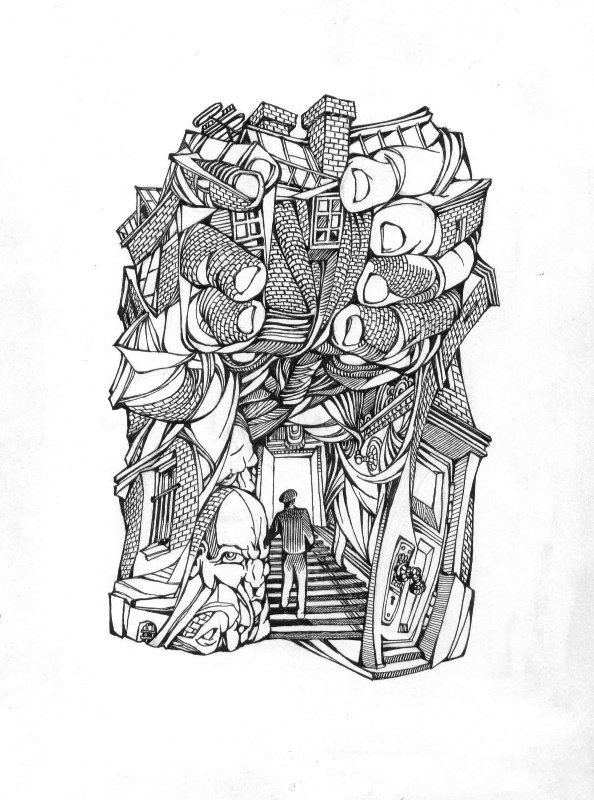
Illustration for the Strugatsky’s novel The Doomed City by internet user Andrey Karapetyan. https://illustrators.ru/illustrations/328626
Reading the Strugatskys and VanderMeer Side by Side
To some, this might sound strikingly similar to a recent American bestseller, Jeff VanderMeer’s SF trilogy The Southern Reach. Some have commented on the similarities between his work and that of the Strugatskys, including in discussions with VanderMeer himself. Annihilation, the trilogy’s first installment (and recently adapted to film by Alex Garland), is about an expedition into Area X—an environmental anomaly as uncanny as the Strugatskys’ Zone and sharing many of its elements. In both novels, the flora seems to thrive after humans have been forced out by a supernatural event, and there is a mysterious creature mostly heard and rarely seen who unnerves everyone.
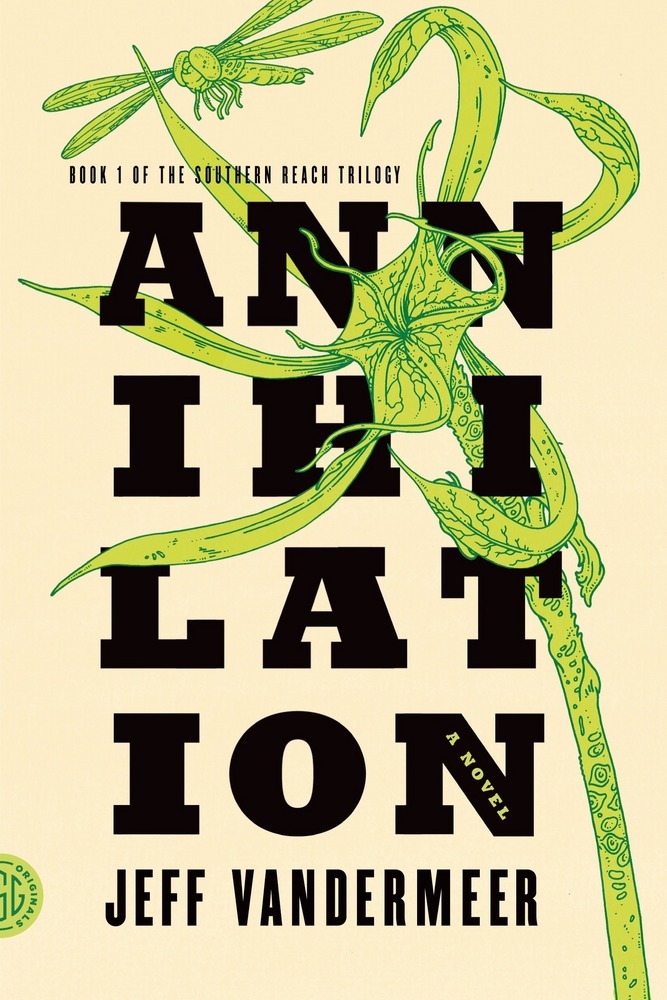
Cover of VanderMeer’s Annihilation. From the publisher’s website, macmillan.com
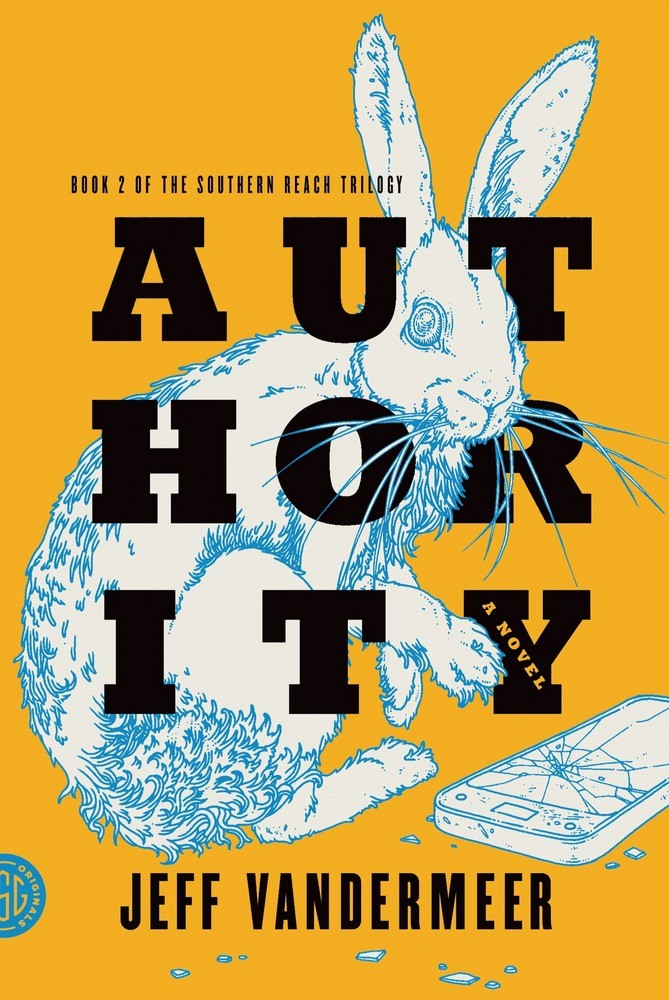
Cover of VanderMeer’s Authority. From the publisher’s website, macmillan.com.
Then there is Authority, Annihilation‘s sequel, which focuses on the Southern Reach, an agency subsumed by self-contradicting, dead-end bureaucracy, and political interests. It seems as uncanny as Area X… and yes, as Strugatskys’ Institute.
I am interested in these similarities, especially in terms of these books’ respective contexts. Is there anything in the current political moment in the so-called West, reflected in cultural productions such as SF bestsellers, that has come to resemble the USSR half a century ago?
This question is not as far-fetched as it may seem. Dominic Boyer and Alexei Yurchak contend there is a similarity indeed, and it is precisely to be found in cultural and media production. Their argument is based on rhetorical similarities between late socialist comedy and US TV shows such as Saturday Night Live. Late-socialist aesthetics of parody have become intuitive in the US because of current institutional and ideological conditions. Is this argument extendable to environmental issues and institutions?
The Strugatskys wrote Roadside Picnic and Snail on the Slope in a context where state bureaucracy was anything but transparent, and where scientific institutions were deeply affected by state funding (and budget cuts) and always mirrored higher political echelons. Similarly, VanderMeer has said that Authority is anchored in his first-hand experience with bureaucracy in county health departments in Florida.
Even if similarities between the Strugatskys and VanderMeer point at similarities in political contexts, what should one make out of all of this? Maybe nothing. Or maybe it is worth remembering that according to Eastern European analysts, environmental struggles were at the forefront of bringing down political regimes in the 1980s and 1990s, with people rallying against concrete problems like pollution to overthrow their governments.
Predictions are not among the strongest assets of social science, mostly because of the impossibility of attaining full, all-encompassing knowledge about society. Yet, well-founded speculation is exciting and can be meaningful. If nothing else, the observations laid out in this post are burning at the forefront of my mind as I am preparing to sit down with former Soviet scientists and talk to them about environments, SF, and the future they wanted and the present we got.
Whatever our speculations when it comes to guesses and predictions, it becomes obvious by reading VanderMeer and the Strugatskys together that SF is a suitable way to process certain enviro-political and bureaucratical contexts. To paraphrase Theodore Sturgeon’s praise of Ursula le Guin, SF “brings reality itself to the proving ground.” What Vandermeer and Strugatskys force us to do then is reimagine political ecology and the bureaucratic practices of governing the environment.
To do so, however, would mean to intimately know their workings, past and present, as well as their afterlives and aftereffects—which is precisely what I aim to do with my historico-anthropological research.
[1] Including key SF scholar Darko Suvin himself at the first annual Science Fiction and Communism Conference in Blagoevgrad, Bulgaria.
